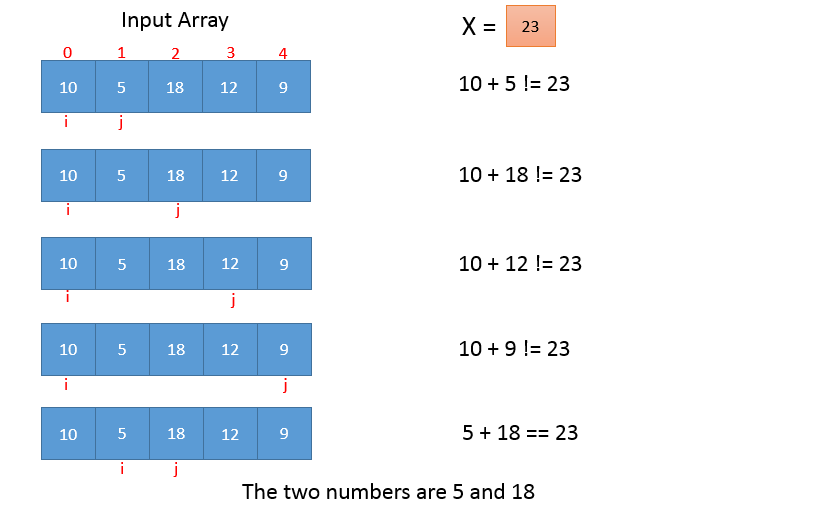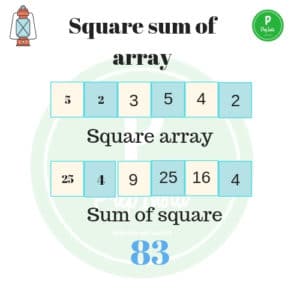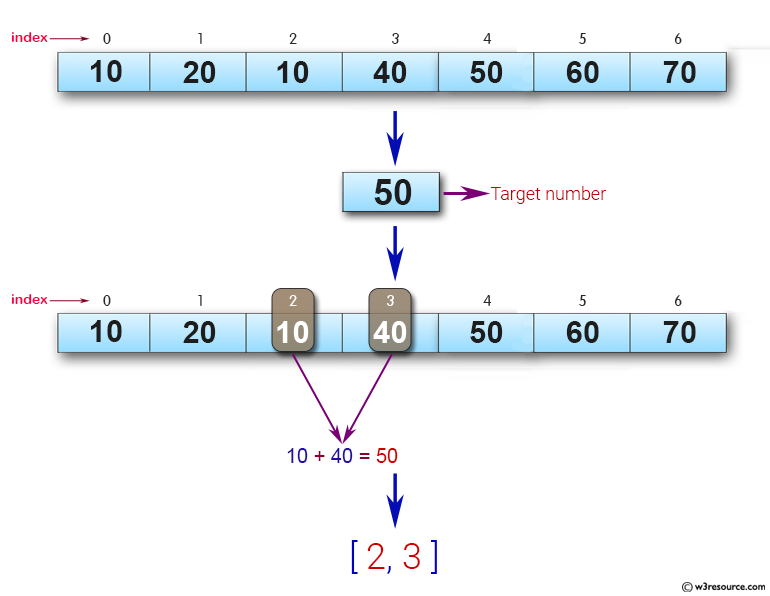
It provides methods for creating matrices, operating on them arithmetically and algebraically, and determining their mathematical properties (trace, rank, inverse, determinant). See my reply to comment on my question for my reasoning behind why np.tensordot can't do this.The Matrix class represents a mathematical matrix. It's a pity that it isn't included as a standard NumPy function. 10 years, 5 months ago _tests.matrix_multiply seems to be the perfect solution. Doing so eliminates both of them, so that my result no longer has a K-length axis. The only way in which I could "get rid" of one of the K-length axes is by summing over it, which forces me to pair it with the other K-length axis. The issue being that tensordot takes pairs of axes to sum over. 10 years, 5 months ago I've had a look at np.tensordot, but I fear that it won't solve my problem.

Something like np.dot(A, B).diagonal(axis1=0, axis2=2).transpose(2,0,1) seems to do the trick, but has the same problem as mentioned before. It's actually np.dot(A, B) = np.dot(A, B). Use the reduce() Method to Sum an Array in a JavaScript Array The reduce() method loops over the array and calls the reducer function to store the value of array computation by the function in an accumulator. doc/numpy/reference/generated/… 10 years, 5 months ago Apologies, you're right. We initialize a variable sum as 0 to store the result and use the for loop to visit each element and add them to the sum of the array.
#Sum elements in vstack array full#
Vector inner and outer products, numpy.inner numpy.outer.īroadcasting, element-wise and scalar multiplication, numpy.multiply.Ĭhained array operations, in efficient calculation order, numpy.einsum_path.Ģ years, 2 months ago Related Topics python numpy multidimensional-array Comments 10 years, 5 months ago Have you had a look at tensordot? I'm a bit short on time right now, so I can't give a full example, but it should (I think) do exactly what you want. Matrix multiplication and dot product, numpy.matmul numpy.dot. Transpositions and permutations, anspose. A non-exhaustive list of these operations is: einsum provides a succinct way of representing these. The Einstein summation convention can be used to compute many multi-dimensional, linear algebraic array operations. Print(np.max(C_old-C_new)) # should be 0 or a very small numberįor large multi-dimensional arrays, the optional parameter optimize=True can save you a lot of time. I'm now strongly considering using this if no better solution crops up, even if that would mean copying the _tests library (written in C) into my project.Ī very flexible, compact, and fast solution: C = np.einsum('Kab,Kbc->Kac', A, B, optimize=True)Ĭ_old = np.dot(A, B).diagonal(axis1=0, axis2=2).transpose(2, 0, 1) The last approach is winning by a long shot on all my timing tests, for small and large matrices. The correct version is: C = np.dot(A, B).diagonal(axis1=0, axis2=2).transpose(2, 0, 1)īut the overhead added makes it slower than the first approach, even for small matrices. My question is thus, does NumPy provide a standard way of doing this efficiently? An answer which applies to multidimensional arrays in general would be perfect, but an answer specific to only this case would be great too.Įdit: As pointed out by the second approach is incorrect. I am also aware of the following approach: from _tests import matrix_multiplyīut I am not guaranteed that this function will be available. Asymptotically it will be slower than the first approach, but the overhead is much less. However, this approach computes the required answer K times (each of the entries along axis 2 are the same). Which uses the default behaviour of np.dot on multidimensional arrays, giving me an array with shape (K, d, K, d).

A slightly faster approach looks like this: C = np.dot(A, B)

A naive implementation would look like this: C = np.vstack(, B) for k in xrange(K)])īut this implementation is slow. So the result should be a multidimensional array C with C.shape = (K, d, d), so that C = np.dot(A, B).

I would like to perform an element-wise operation over axis 0 ( K), with that operation being matrix multiplication over axes 1 and 2 ( d, N and N, d). An array is a single variable which can store multiple values at a time. The PHP echo statement is used to output the result on the screen. I am trying to make a simple program that will take input for a user, find out the multiples of 3 & 5, then return the sum of the multiple. I have two multidimensional NumPy arrays, A and B, with A.shape = (K, d, N) and B.shape = (K, N, d). PHP program to find the sum of elements in an array: The below program is to find the sum of elements in an array.


 0 kommentar(er)
0 kommentar(er)
